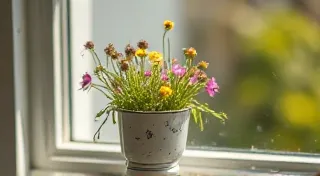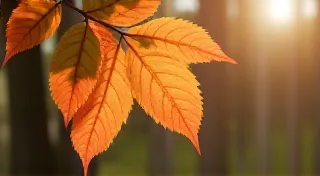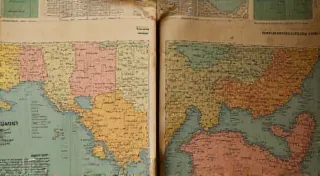Whispers of Ancestors: The Ontology of Forgotten Carving Techniques
The scent of aged wood, the rasp of a hand plane across grain, the slow emergence of form from a rough block – these are the sensory anchors that tether us to a past both tangible and elusive. Wood carving, particularly in its regional expressions, isn’t merely a craft; it’s a living archive. It holds within its curves and planes the stories of communities, the whispers of ancestors, the accumulated knowledge of generations. But these whispers are fading, threatened by the relentless tide of modernization and the loss of those who held the techniques within their hands.
I remember, as a boy, visiting my grandfather. He was a cabinetmaker, not a carver in the traditional sense, but he possessed a deep respect for the material and a reverence for the old ways. He would often lament the loss of skills, the shift away from hand tools and towards factory-produced perfection. He spoke of a local carver, Silas, who could coax life from a piece of pine with nothing but a knife and a lifetime of experience. Silas’s work, he said, wasn’t just beautiful; it was imbued with a spirit, a connection to the land and the people who had come before. Unfortunately, Silas passed away a few years ago, taking a significant piece of that local tradition with him.

The Tapestry of Regional Styles
What defines a “regional” carving style? It's more than just geographical location. It's the culmination of influences: the availability of local wood types (the buttery richness of walnut in the Appalachian region, the dense strength of redwood along the California coast, the fragrant lightness of basswood in the Midwest), the surrounding environment’s impact on symbolism (the prevalence of bear motifs in areas with significant bear populations, the depiction of birds reflecting migratory patterns), and, crucially, the cultural narratives embedded within the work. Consider the Black Forest carvings of Germany, with their iconic cuckoo clocks and intricately carved figurines – testaments to a culture steeped in folklore and craftsmanship. Or the Kwakwaka'wakw carvings of the Pacific Northwest, masks and poles imbued with deep spiritual significance, each form telling a story of mythology and lineage.
In Appalachian wood carving, for example, you often see a focus on simpler forms – animals, folk heroes, and scenes of rural life. The techniques are often passed down through families, resulting in a subtle continuity of style. The wood is often readily available – oak, hickory, and walnut – and the tools are often basic, emphasizing directness and honesty in the carving. There's a ruggedness to the aesthetic, reflecting the harsh realities of life in the mountains. Contrast that with the more elaborate Rococo carvings of the colonial South, influenced by European trends and demonstrating a different set of cultural values – a desire for elegance and refinement. Understanding the characteristics of different wood types and how they influence the final product is just one aspect of this craft. It's akin to understanding the silent language of grain and the stories it tells.
Beyond Technique: The Philosophical Underpinnings
The true loss isn't just the disappearance of specific carving methods. It's the erosion of the worldview that underpinned them. Historically, carving was rarely undertaken as a purely aesthetic pursuit. It was integral to rituals, celebrations, and the daily lives of communities. A Maori carving, for instance, wasn’t simply a decoration; it was a connection to ancestors, a manifestation of spiritual power. The process itself was often accompanied by ceremonies and protocols, ensuring respect for the wood and the spirits dwelling within it. The carver wasn’t just a craftsman; they were a conduit, a vessel for transmitting cultural knowledge.
Modernization has often divorced the craft from its context, reducing it to a commodity. The focus shifts from the *why* to the *how*, from the spiritual significance to the technical skill. While skill is undeniably important, it's the underlying philosophy that gives carving its soul. Without that connection to the past, the work becomes sterile, devoid of the vitality that comes from tradition. The tools themselves have a history, a relationship with the woodworker and the culture. One could even say it echoes the practices and traditions seen in echoing vessels and their close connection to cultural meaning.
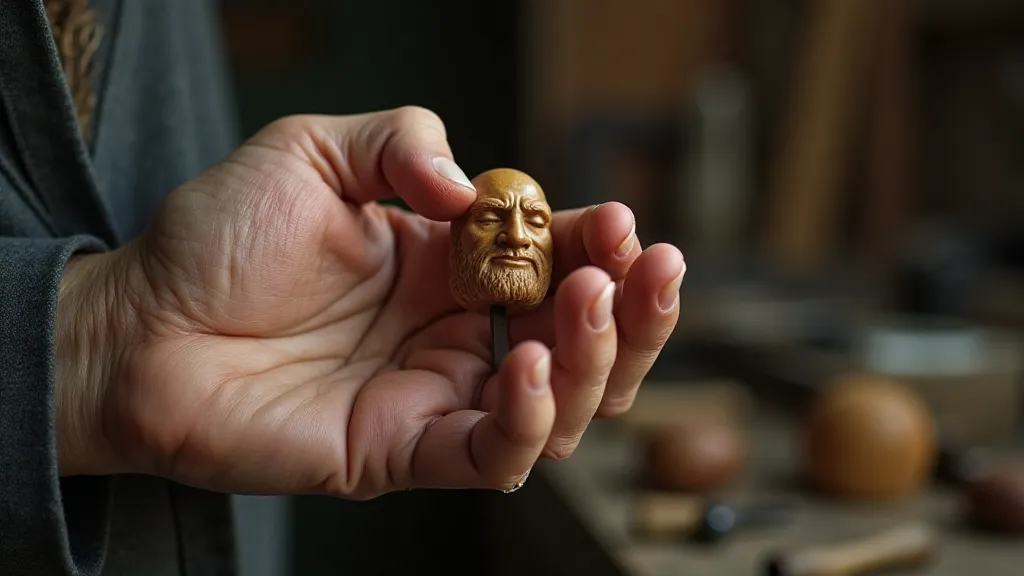
The Challenge of Preservation & Restoration
Preserving these fading traditions is a daunting task. It requires more than just documenting techniques; it demands cultivating a renewed appreciation for the values that sustained them. Museums and historical societies play a vital role, but true preservation happens within communities. Initiatives that connect experienced carvers with younger generations are crucial. Apprenticeships, workshops, and storytelling events can help to transmit knowledge and rekindle a sense of connection to the past. The choice of tools can dramatically impact the work produced, and an appreciation for the historical significance of these instruments is essential. Many of the techniques employed today are direct descendants of older methods. Understanding the ways in which artisans interacted with wood – their ability to feel its texture, to listen to its grain, to predict its behavior – is a deep form of knowledge.
The ethical considerations surrounding restoration are complex. Overly aggressive restoration can erase the patina of age and the evidence of the carver’s hand, effectively falsifying history. A minimalist approach is best, focusing on stabilization and minimal intervention. Understanding the original carving techniques and materials is essential for responsible restoration. Modern conservators often look to historical records, examine tool marks under magnification, and even conduct microscopic analysis of the wood to determine the most appropriate course of action. The goal isn’t to make the carving look new, but to preserve its integrity and allow its story to continue to be told. Sometimes, understanding the tools involved requires more than simply knowing their names; it demands knowing how they were used and the history of their development. The evolution of carving tools reflects a larger story of technological advancement and cultural exchange. Some early methods involved remarkable ingenuity and resourcefulness.
Collecting and Connection
For those drawn to the beauty and history of regional wood carvings, collecting can be a rewarding experience. But it’s more than just acquiring objects; it’s about forming a connection to the culture and the people who created them. Seek out pieces with a provenance, a documented history. Talk to collectors, dealers, and experts. Learn about the regional styles and the techniques used. Appreciate the imperfections, the tool marks, the signs of age – they are all part of the story. Recognizing the inherent qualities of the wood itself – its color, grain, and texture – is a crucial step in appreciating the piece. The best pieces have a palpable sense of history, a story to tell. Collecting is as much about uncovering that story as it is about owning a beautiful object. Understanding the craftsmanship involved requires a keen eye and a deep appreciation for the skill and artistry of the carver.
Beyond monetary value, the true worth of a regional carving lies in its ability to evoke a sense of place, to transport us to another time and culture, to remind us of the enduring power of human creativity and tradition. These are whispers of ancestors, echoing through the grain of the wood, waiting to be heard. The tools used to create these objects are more than just instruments; they are extensions of the carver's hands, imbued with their skill and artistry. A closer examination of these tools often reveals a wealth of information about the carving process and the cultural context in which it took place. This appreciation extends beyond the finished product to encompass the entire ecosystem of creation, from the forest to the workshop.
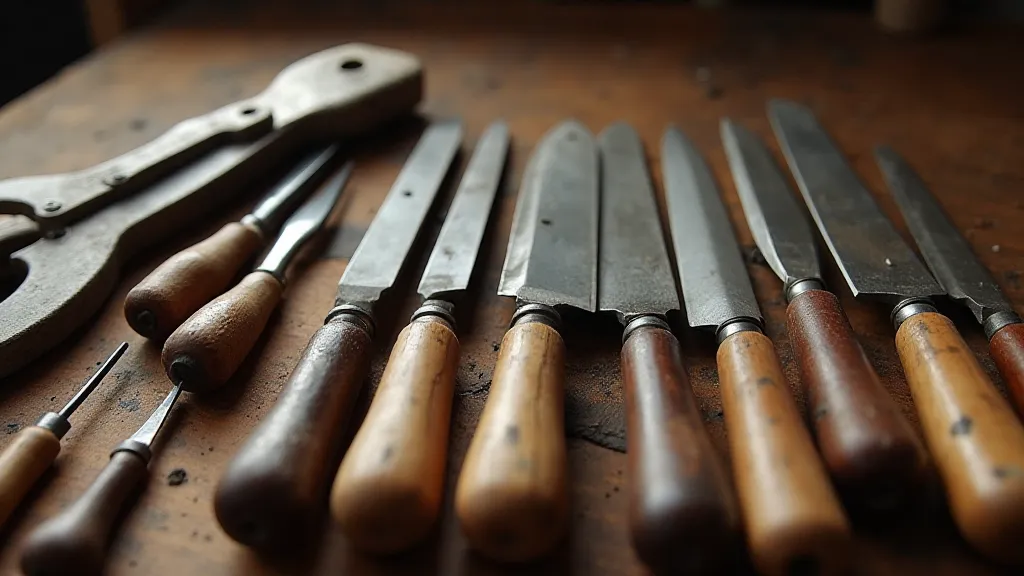
Considering the impact of the artisan's environment and their specific techniques, the evolution of these crafts can be viewed through a broader lens. Each cut and curve reveals the history of the craft – a progression shaped by available resources, evolving aesthetic preferences, and the collective knowledge passed down through generations. The journey of a carving is an intricate tapestry, woven with threads of nature, human ingenuity, and cultural expression. Many early methods involved remarkable ingenuity and resourcefulness.
